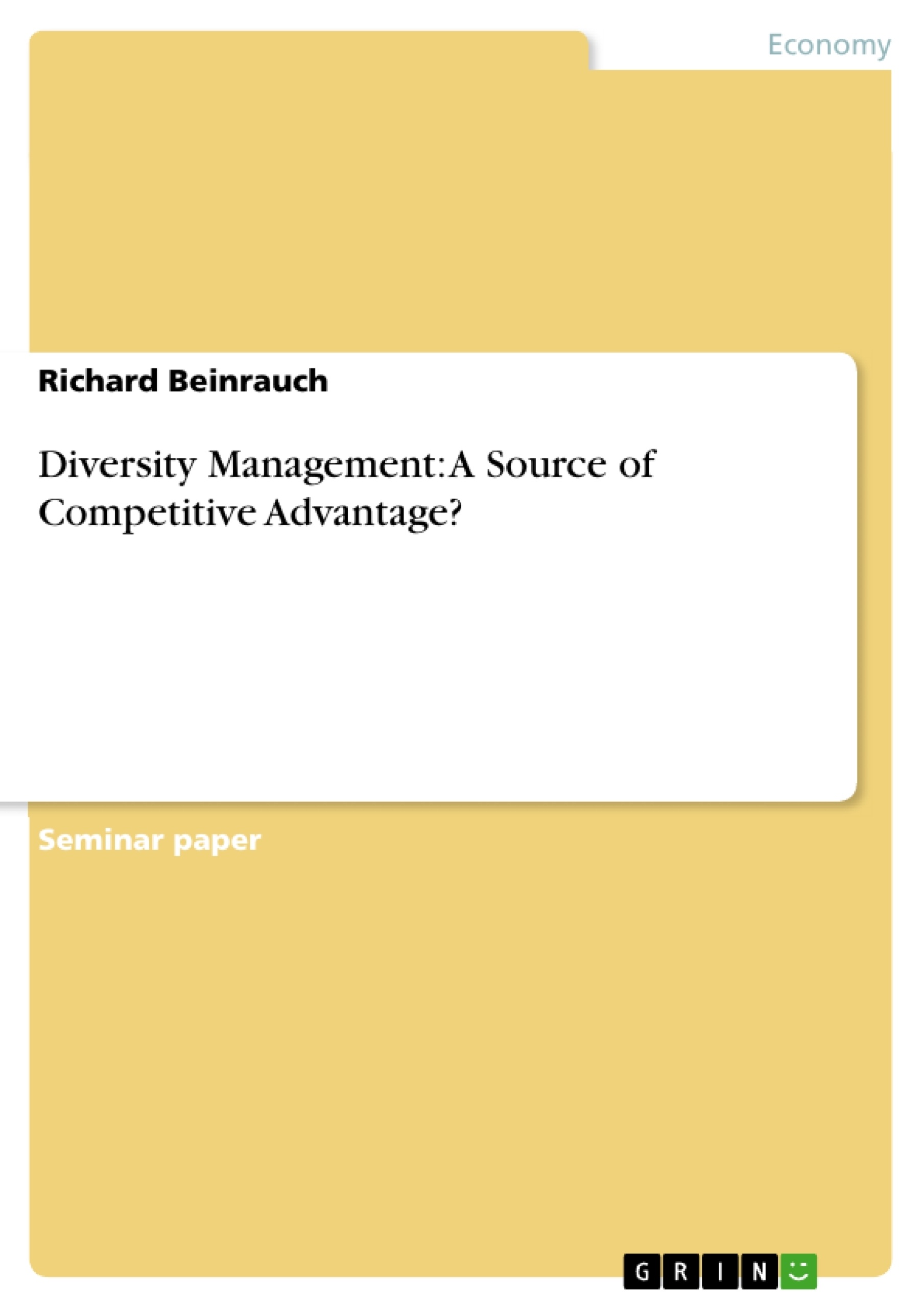In today’s rapidly evolving business world, it becomes increasingly difficult for companies to maintain or even expand their current market position. Since consumers are aware of their strong bargaining position, markets have evolved from sellers’ to buyers’ markets. Focusing on Porter's generic competitive strategies of cost leadership, differentiation or focus is no longer sufficient to ensure a unique selling proposition. The customers no longer choose between product quality or inexpensive product, they expect a high-quality and affordable product. Focusing on the resource-based view strategies like unique resources, skills or competences does not establish a long-lasting success, neither. Additional requirements of the customer, such as customer orientation, environmental consciousness or ethical behavior, and requirements of legislation e.g. human rights act / affirmative action make it difficult for companies to set themself apart from competitors. Porter's statement “stuck in the middle”, which had recently emerged as a competitive advantage for some companies, gets back its original meaning, but this time in a different sense.
The nexus of industrial organization view and resource based view via SWOT analysis opens new ways to strategy development. The analysis of strengths, weaknesses, oppor-tunities and threats requires that one deals inter alia with the knowledge, skills and potentials of employees. At the same time, however, a change of perspective is crucial. Employees do not only possess specific expertise which benefits to companies. What about the other nonspecific skills and knowledge of employees? What potential have so-called minority groups like people of different culture, different religious believe, disabled, older people or transgender? Is it possible to transform these heterogeneous differences, by employing diversity management, into a sustainable competitive advantage?
Inhaltsverzeichnis (Table of Contents)
- Introduction
- Objective
- Proceedings
- Competitive Advantage
- Efficiency
- Quality
- Innovation
- Customer Responsiveness
- Diversity Management
- Cost
- Employee Recruitment
- Marketing
- Creativity
- Problem Solving
- System Flexibility
- Summary and Conclusion
Zielsetzung und Themenschwerpunkte (Objectives and Key Themes)
This seminar paper aims to explore the potential of diversity management as a business strategy and investigate whether a connection between diversity management and competitive advantage can be established. The study will focus on the strategic implications of diversity management for companies, specifically examining how a heterogeneous workforce can be harnessed strategically to achieve sustainable success. Key themes explored in the paper include:- The evolution of competitive advantage in a dynamic market environment.
- The role of diversity management in achieving a unique selling proposition and differentiating from competitors.
- The potential benefits of diversity management for companies, including cost savings, improved employee recruitment, enhanced marketing strategies, increased creativity, and improved problem-solving capabilities.
- The strategic implications of diversity management for companies, including the need for a farsighted approach and the harnessing of heterogeneous differences.
Zusammenfassung der Kapitel (Chapter Summaries)
- Introduction: This chapter provides an overview of the contemporary business environment, emphasizing the challenges faced by companies in maintaining or expanding their market position. It introduces the concept of diversity management and its potential as a strategic tool for achieving competitive advantage.
- Competitive Advantage: This chapter examines the traditional frameworks for achieving competitive advantage, including Porter's generic strategies and the resource-based view. It highlights the limitations of these frameworks in today's market environment and the need for new strategies to differentiate companies.
- Diversity Management: This chapter explores the potential benefits of diversity management for companies, focusing on specific areas such as cost reduction, employee recruitment, marketing effectiveness, creativity, problem solving, and system flexibility. It emphasizes the importance of leveraging the unique skills and knowledge of a diverse workforce.
Schlüsselwörter (Keywords)
This seminar paper explores the potential of diversity management as a strategy to achieve sustainable competitive advantage in a dynamic market environment. Key terms and concepts include: competitive advantage, diversity management, strategic implications, heterogeneous workforce, unique selling proposition, cost reduction, employee recruitment, marketing, creativity, problem-solving, and system flexibility.- Quote paper
- Richard Beinrauch (Author), 2012, Diversity Management: A Source of Competitive Advantage?, Munich, GRIN Verlag, https://www.grin.com/document/263356



